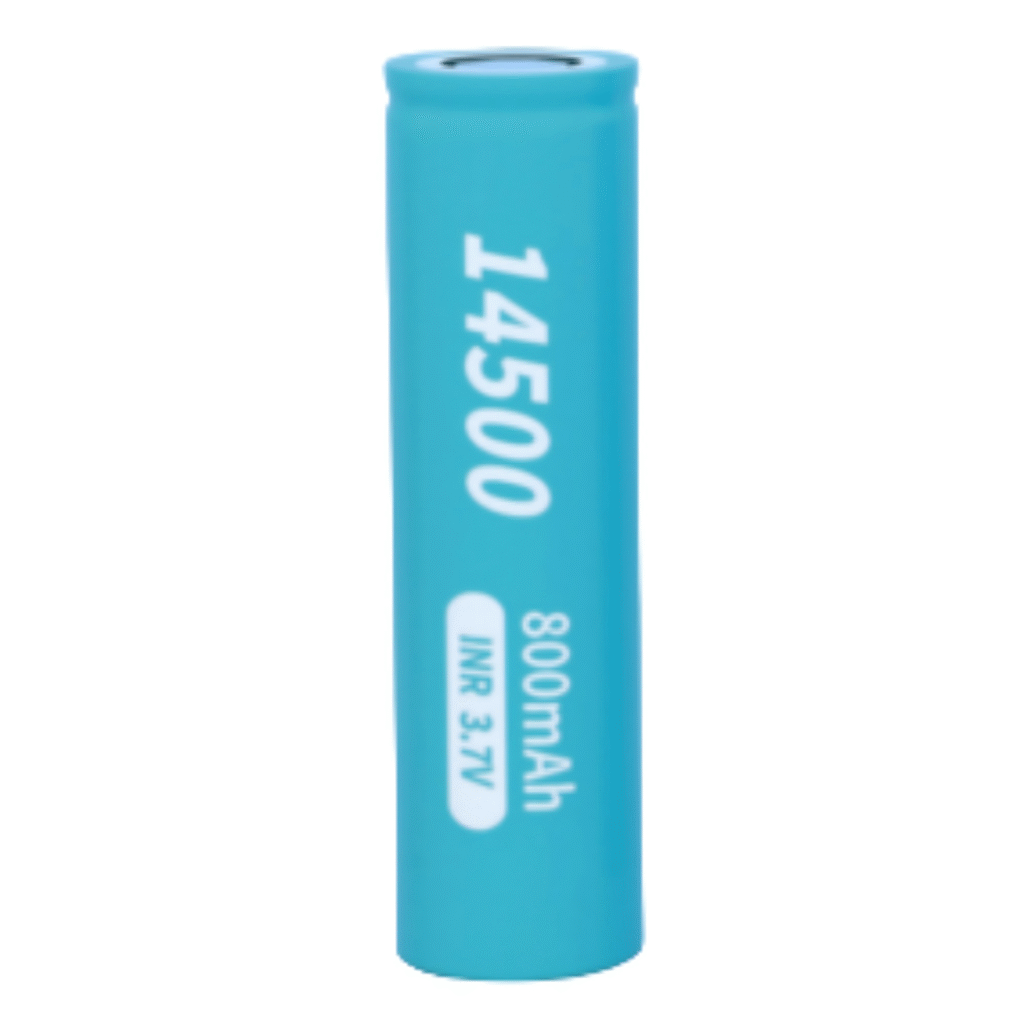The difference between energy storage battery packs and power battery packs
Energy storage battery packs and power battery packs differ significantly in many aspects, primarily due to differences in their application scenarios, operating environments, and performance requirements. The following is a detailed comparison of the two:
1. Application Scenarios
Energy storage battery packs are primarily used in power system energy storage, distributed energy storage, home energy storage, commercial energy storage, and renewable energy smoothing and peak-shaving. They require long-term and stable energy storage and release in these scenarios.
Power battery packs: These are primarily used in vehicles like electric cars, electric motorcycles, electric bike & scooter, and Electric Industrial & Utility Vehicles , providing the power source for these vehicles. They need to deliver high power output in a short period of time to meet the vehicle’s acceleration, hill climbing, and other requirements.
2. Performance requirements
Energy storage battery pack
- High energy density: In order to store more energy, the energy storage battery pack needs to have a higher energy density.
- Long life: Since the energy storage battery pack needs to operate stably for a long time, the battery pack is required to have a long cycle life.
- High safety: Energy storage battery packs require strict safety design to prevent accidents such as fire and explosion.
- Environmental adaptability: Energy storage battery packs may be installed outdoors or in harsh environments, so they need to have good environmental adaptability.
- Cost-effectiveness: Energy storage battery packs usually need to be deployed on a large scale, so the battery packs are required to be highly cost-effective.
Power battery pack
- High power density: The power battery pack needs to provide high power output in a short time, so the battery pack is required to have a high power density.
- Lightweight design: In order to increase the vehicle’s range, the power battery pack needs to be as lightweight as possible.
- Efficient thermal management: Electric vehicles generate a lot of heat when driving at high speed or accelerating sharply, so an efficient thermal management system is required.
- High mechanical strength: The power battery pack needs to withstand the vibration and impact of the vehicle during driving, so it requires high mechanical strength.
- High safety: Power battery packs also require strict safety design to prevent accidents such as short circuits and overheating.
3. Battery Management System (BMS)
Energy storage battery pack: In an energy storage system, the energy storage battery interacts only with the energy storage inverter at high voltage. The inverter draws power from the AC grid to charge the battery pack; alternatively, the battery pack supplies power to the inverter, which converts the power into AC and sends it to the AC grid.
Power battery pack: The electric vehicle’s BMS exchanges energy with both the electric motor and charger at high voltage. It also communicates with the charger during the charging process and, throughout the entire application process, maintains the most detailed information exchange with the vehicle controller.
4. Battery Cell Types
Energy storage battery packs: For safety and economic reasons, lithium iron phosphate batteries and semi-solid batteries are often used when selecting lithium battery packs for energy storage power stations. Some larger energy storage power stations also use lead-acid batteries and lead-carbon batteries.
Power battery pack: The current mainstream battery types for power lithium battery electric vehicles are lithium iron phosphate batteries and ternary lithium batteries.
5. Capacity and power output
Energy storage battery pack
- Capacity range: Energy storage systems are typically large, ranging from tens of kilowatt-hours (kWh) to megawatt-hours (MWh). For example, home energy storage systems range from 10 kWh to 20 kWh, while large commercial or grid-scale energy storage systems range from hundreds of kWh to several MWh.
- Energy density: Energy storage systems pursue high energy density, but compared with power batteries, the energy density requirements of energy storage systems are slightly lower, usually between 100Wh/kg and 200Wh/kg.
- Power density: Energy storage systems generally do not need to provide extremely high power output in a short period of time, so the power density is relatively low, usually between 100W/kg and 300W/kg.
- Continuous power: Energy storage systems focus more on long-term stable power output rather than instantaneous high power.
Power battery pack
- Capacity range: The capacity of a power battery is usually between tens and hundreds of kilowatt-hours (kWh). For example, the capacity of a common electric vehicle battery is between 40kWh and 100kWh.
- Energy density: Power batteries pursue high energy density to provide more energy in a limited space, thereby increasing the vehicle’s range. Typical energy density is between 150Wh/kg and 250Wh/kg.
- Power density: Power batteries need to provide high power output in a short period of time to meet vehicle acceleration, hill climbing, and other requirements. Therefore, power batteries have a high power density, typically between 300W/kg and 500W/kg.
- Peak power: Power batteries are typically designed with high peak power to cope with instantaneous high power demands. For example, the battery of an electric car may need to provide hundreds of kilowatts of power for a few seconds.
6. Cooling system
Energy storage battery pack: usually adopts air cooling or natural cooling system to ensure the temperature control of the battery during long-term operation.
Power battery pack: usually adopts liquid cooling system with high heat dissipation efficiency to ensure the temperature control of the battery at high power output.
7. Protection level
Energy storage battery pack: The protection level is relatively low, such as IP54, but it still needs to adapt to outdoor environments.
Power battery pack: A higher protection level, such as IP67, is required to cope with complex working environments.
In summary
Energy storage battery packs and power battery packs differ significantly in terms of application scenarios, performance requirements, battery management systems, cell types, capacity and power output, cooling systems, and protection levels. These differences enable them to adapt to different operating environments and requirements.









